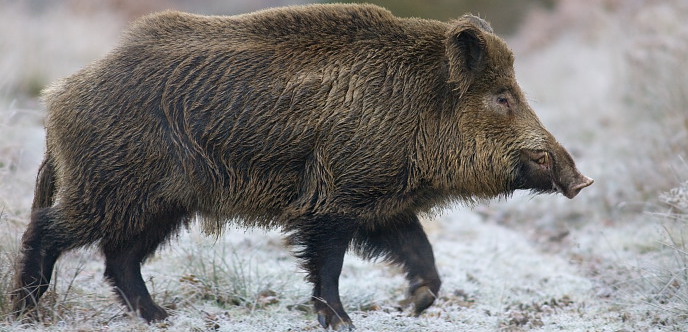EFSA has identified strategies for managing wild boar at different stages of an epidemic of African swine fever (ASF): what should be done before, during and after. Wildboar are known to play an important role in the spread of the disease.
In a scientific opinion published today, EFSA experts investigate the density of the wild boar population in Europe, and assess measures to reduce it and keep infected wild boar away from uninfected ones. They also identify ways to detect the disease early.
Measures such as intensive hunting and not feeding wild boar should be implemented to reduce the risks of outbreaks. When an epidemic is ongoing, activities that may increase the movement of wild boar should be avoided (e.g. intensive drive hunts).
Experts could not establish a threshold for wild boar density below which the virus would not take hold – ASF has spread in areas where the presence of wild boar is low.
The opinion highlights the importance of a regular dialogue between all involved stakeholders to increase preparedness.
Christian Gortazar, chair of EFSA’s working group on ASF, said: “Experts agreed that building awareness in society and providing incentives to people who report on wild boar carcasses are essential to fight the disease.”
Passive surveillance – reporting of dead wild boar – remains the most effective way to detect new ASF cases at an early stage in previously disease-free areas.
Call for comparable data
The opinion stresses the need to harmonise the way in which information on wild boar is collected across the EU to make data more comparable.
To fill data these gaps, EFSA is funding a project aimed at collecting and harmonising data on the geographical distribution and abundance of wild boar across Europe.




